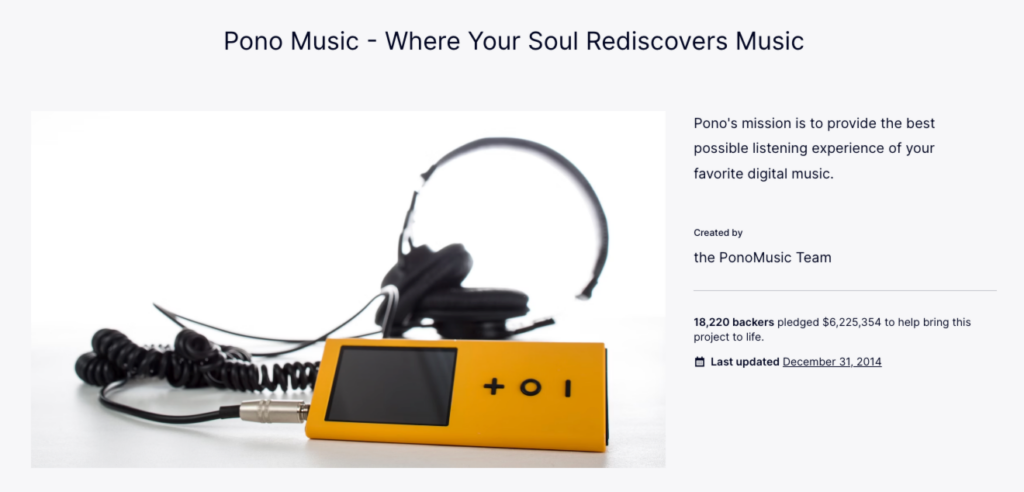
Facts are facts. Over 6.8 billion people use mobile phones – roughly 87% of the world’s population 80% of Internet users own a smartphone More than 50% of the searches being done are happening on mobile devices 67% of consumers are willing to buy a pro …
Facts are facts.
- Over 6.8 billion people use mobile phones – roughly 87% of the world’s population
- 80% of Internet users own a smartphone
- More than 50% of the searches being done are happening on mobile devices
- 67% of consumers are willing to buy a product or use a service on a mobile-friendly site
- 70% of mobile searchers call a business directly from search results
At the Performance Summit 2016 earlier this year, Google continued to emphasize its move to a “mobile-first” world, with updates to both the AdWords and Analytics 360 platforms that would support this direction. Not only do these upcoming changes open up new territory for marketers, they also help supports businesses on many different levels.
Even when faced with these facts, there are still clients who will insist that they’re just fine with their current plan, and push back on any changes. Here are the excuses we see most often, and why your ads need a mobile-friendly site.
“I’m using AdWords and targeting mobile. I’ll be fine!”
Google has added the mobile user experience to its ranking algorithm, and even AdWords has begun recognizing sites that are not mobile friendly.

In time, it is expected that websites that are not mobile friendly will not have PPC ads displayed on Google’s mobile search results pages. In other words, if your website is not mobile-friendly, your PPC campaign will receive fewer impressions, clicks and conversions. If your competitor is beating you with web pages that are responsive according to device, you could be losing a large audience share.
“Our ad copy is just fine – don’t touch it.”
Even if there are different calls to actions in ads targeted to mobile or desktop traffic, it’s time to review your copy. In February, Google removed right-hand side ads on desktop to improve consistency across devices. Later this year, Google will release new expanded text ads in AdWords to provide more ad space, allowing you to include more information about your product before the user clicks. These text ad sizes are optimized around the screen sizes of the most popular smartphones, and initial testing reported increases in clickthrough rates of up to 20% compared to current text ads.
“Our display ads are just fine – don’t touch them.”
Mobile-first display ads are coming and they will be responsive to device size, meaning that Google will serve the ad best suited for the device. Changes also include larger images and mobile actions like tapping and swiping. They are also enhancing their display ad builder, which will allow you to deliver a URL, headline, description and image, and Google will create responsive display ads for you.
“I don’t do any online sales – I’m a local storefront.”
30% of all mobile searches are related to location, and this category has grown 50 percent faster than overall mobile searches in the past year, demonstrating that users are increasingly doing searches for things “near me”. Location extensions on AdWords accessed through through Google My Business will soon allow local search ads to show up on Google Maps results. Maps users may also start to see promoted pins, or promoted locations, on their search results for nearby local businesses, as well as current in-store offers and discounts.
“There’s no way to show that ads online are the cause of any increased foot traffic – it could just be word of mouth.”
In the past, clients had to take a leap of faith and trust that their online presence was increasing their in-store sales. Mobile-only copy with a specific CTA provides some data, but there is a lot missing in the funnel. Future enhancements could include Google using beacon-based technology to confirm store visits driven by a mobile ad. This additional data source will help refine targeting based on demographics, time-to-conversion and how many other places were searched or visited before the consumer completed their journey.
There are so many compelling reasons to prioritize your business’ visibility on mobile, and Google’s announcements only increase the urgency. It now goes beyond having an optimized site – you need to be able to convert that traffic, whether it’s by including your phone number in a call extension, or re-evaluating your marketing objectives in order to direct the conversions.
Not sure if you’re mobile-friendly? Try Google’s quick and mobile easy test.
Want to keep learning about crowdfunding?
Need professional help with your crowdfunding campaign?
Work With Us
Want to learn more about how we’d prepare your product for launch? Request a quote today.
Want To See This Advice In Action?
Check out our case studies and learn more about how we’ve achieved stellar results for our clients.



